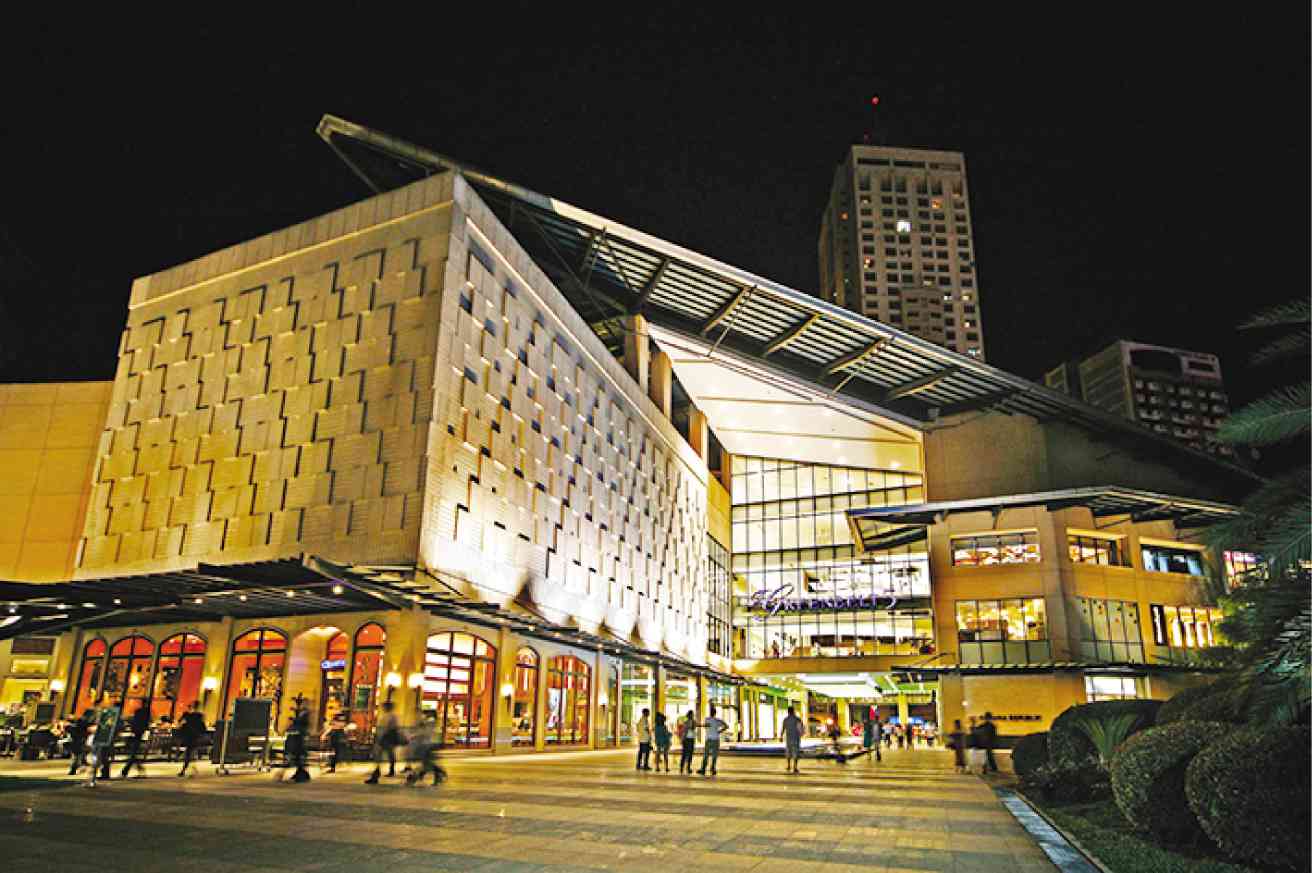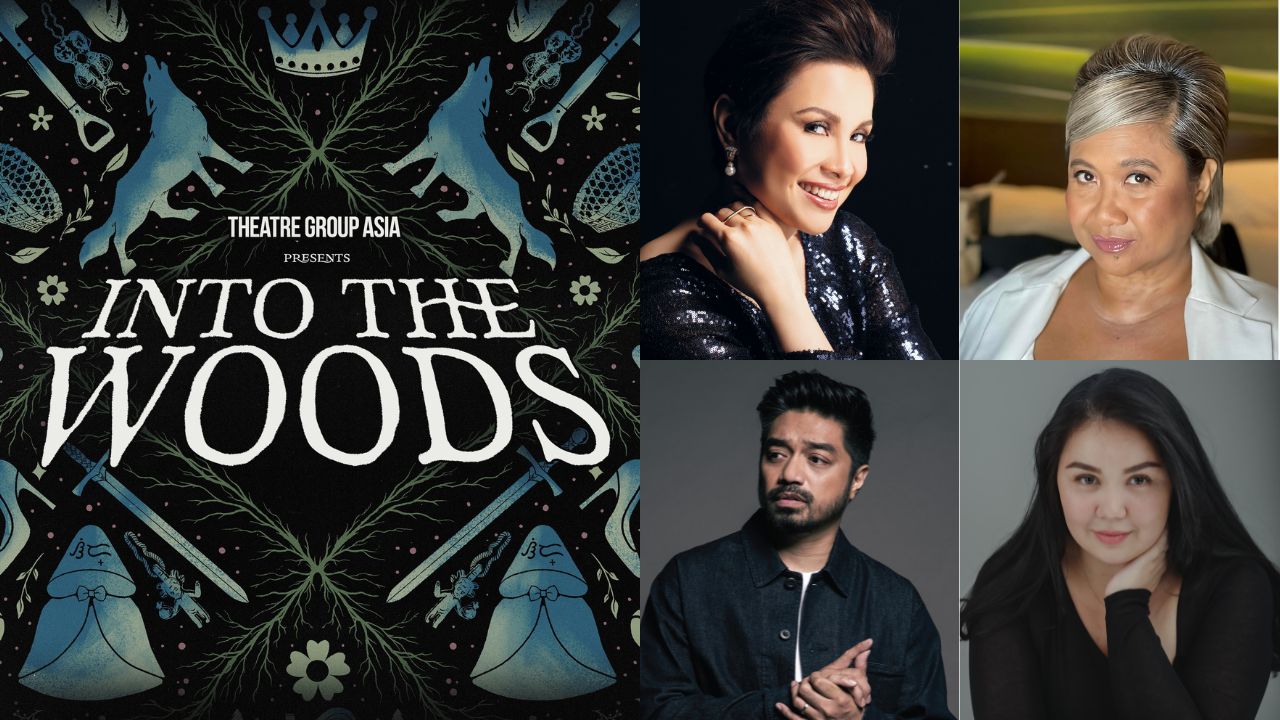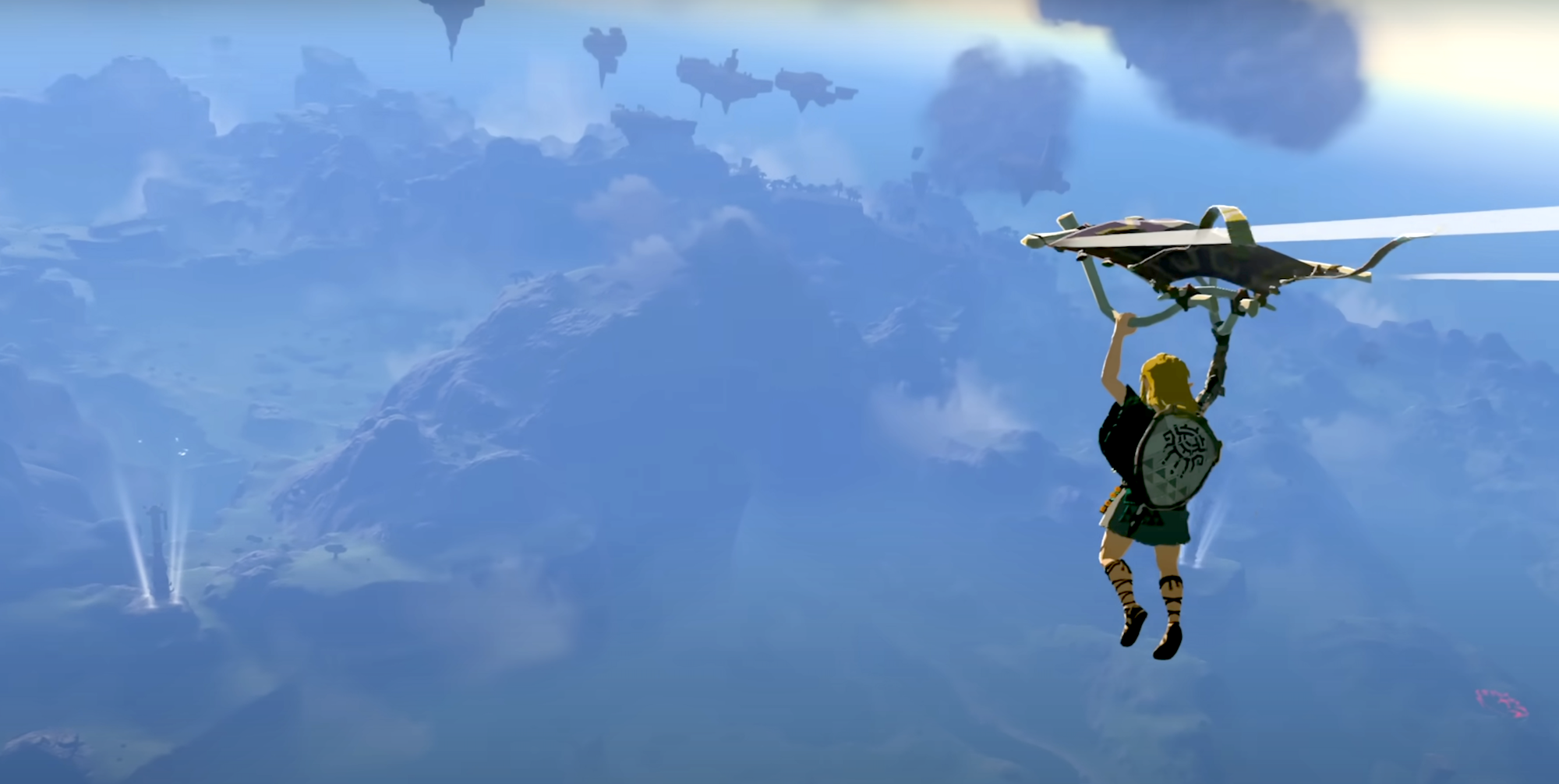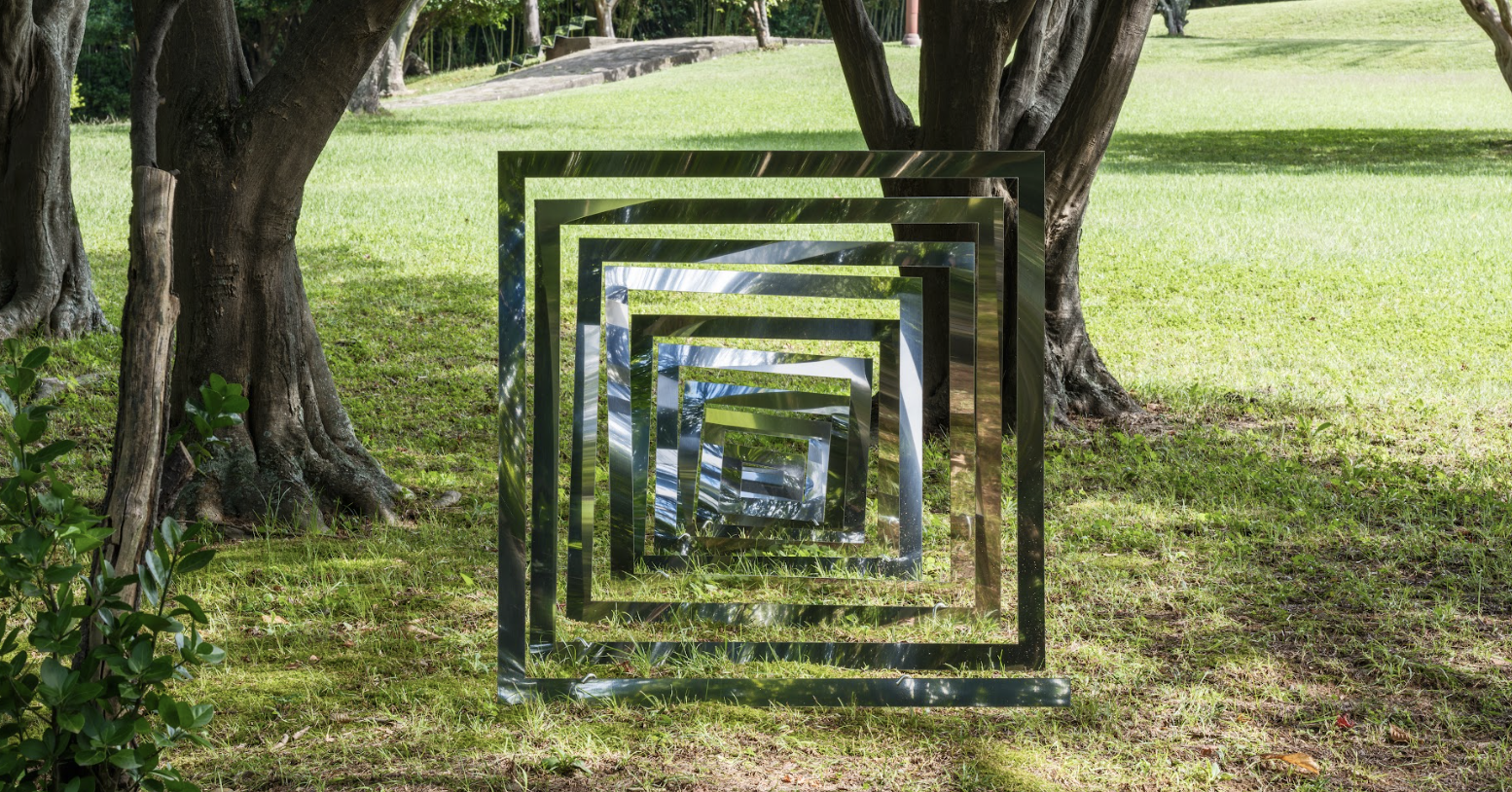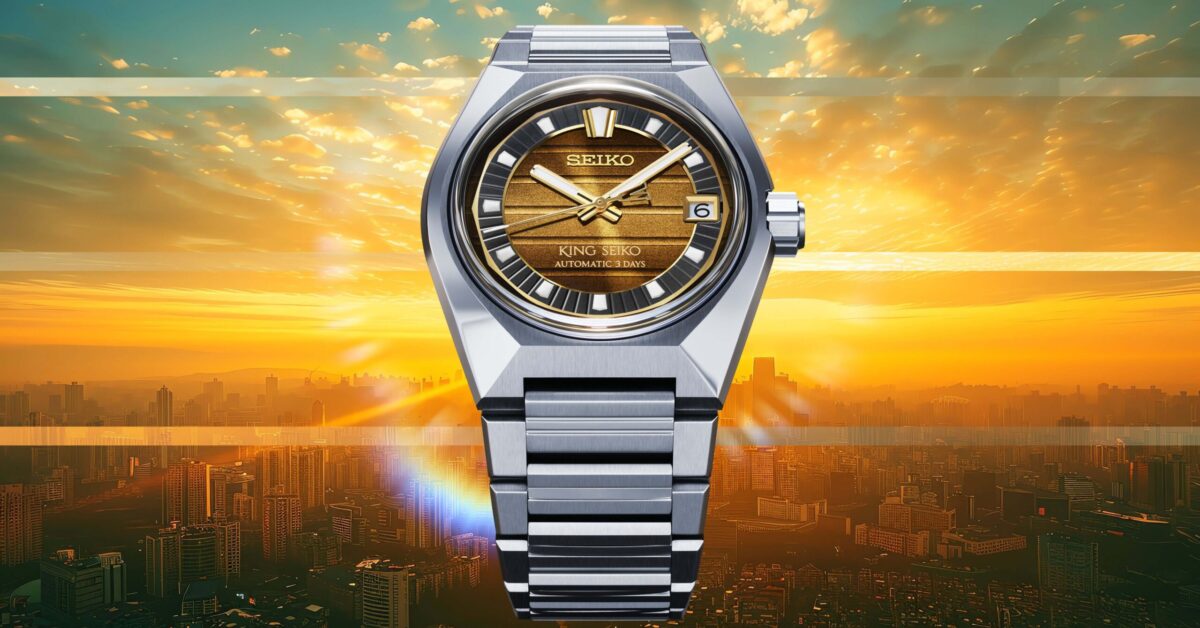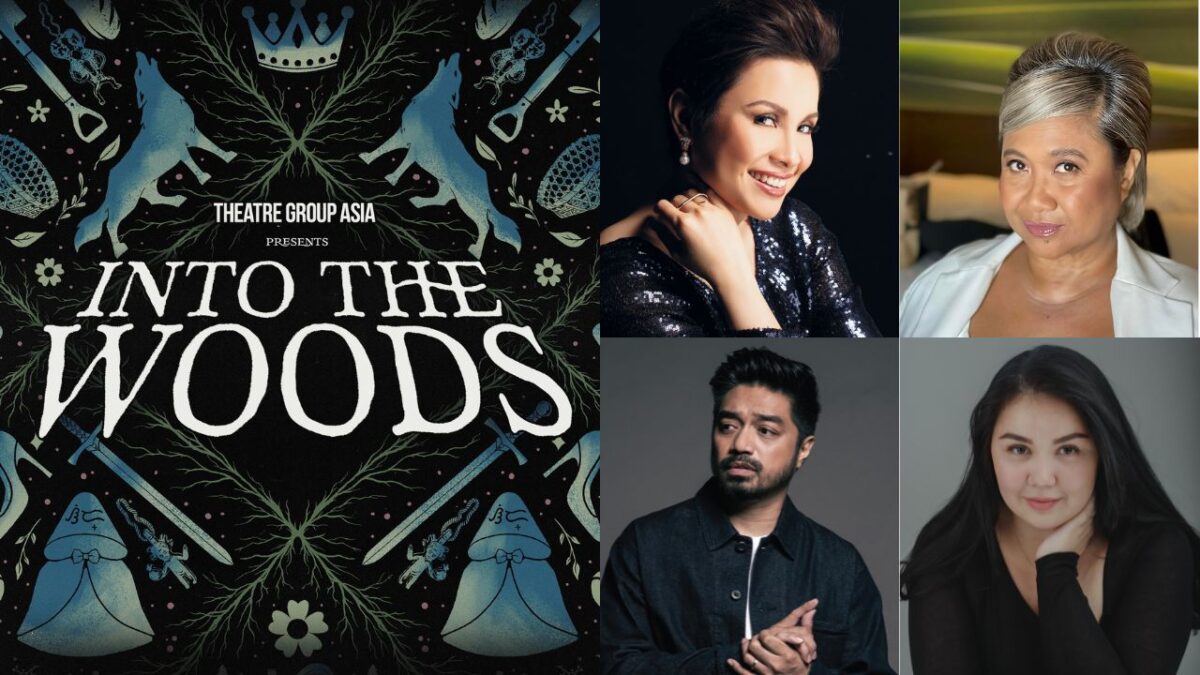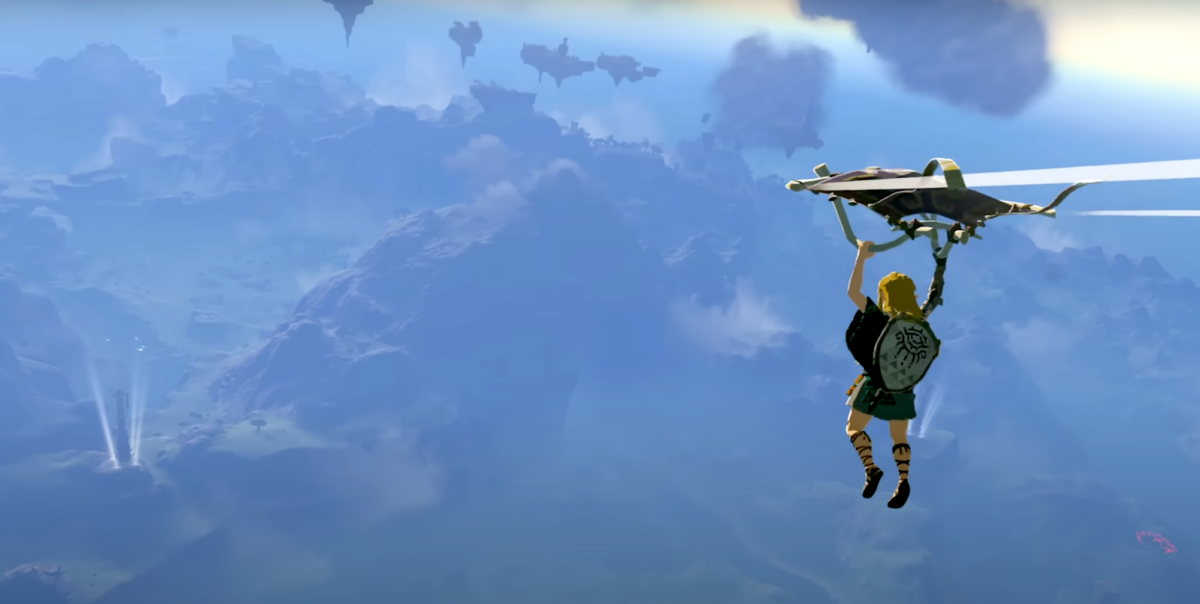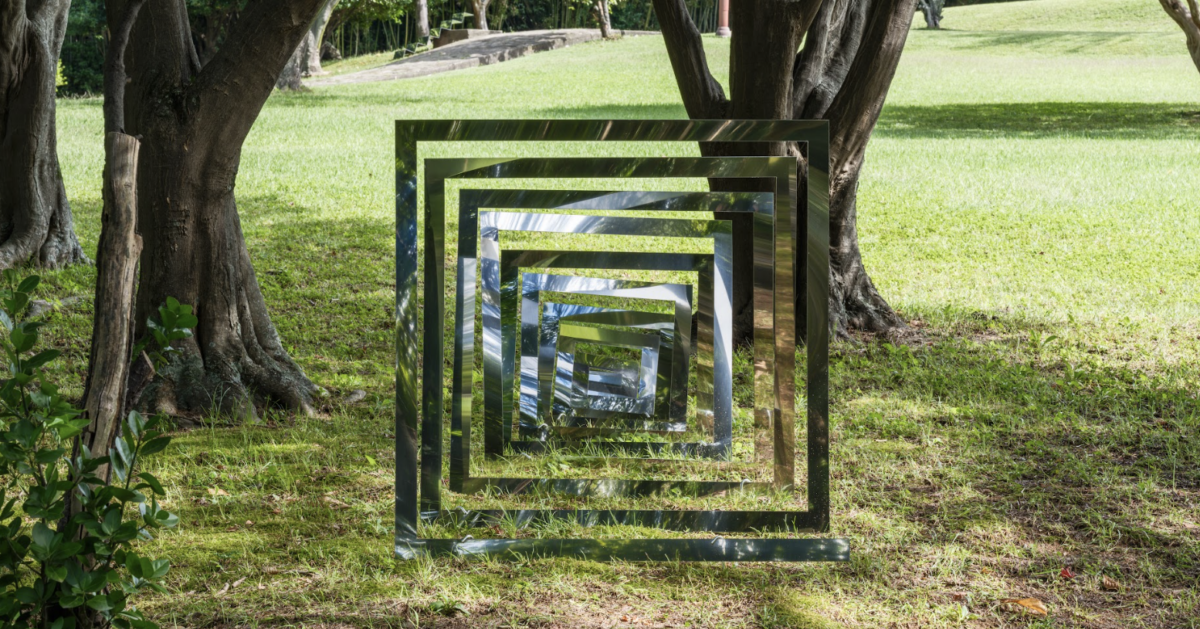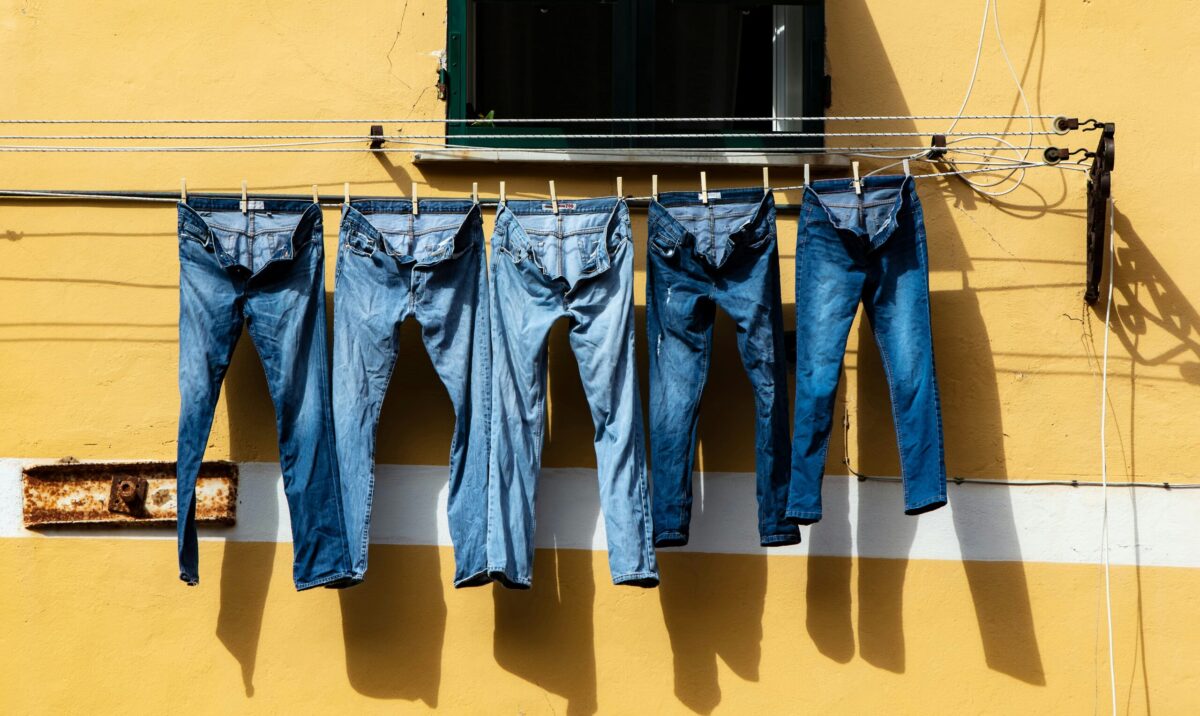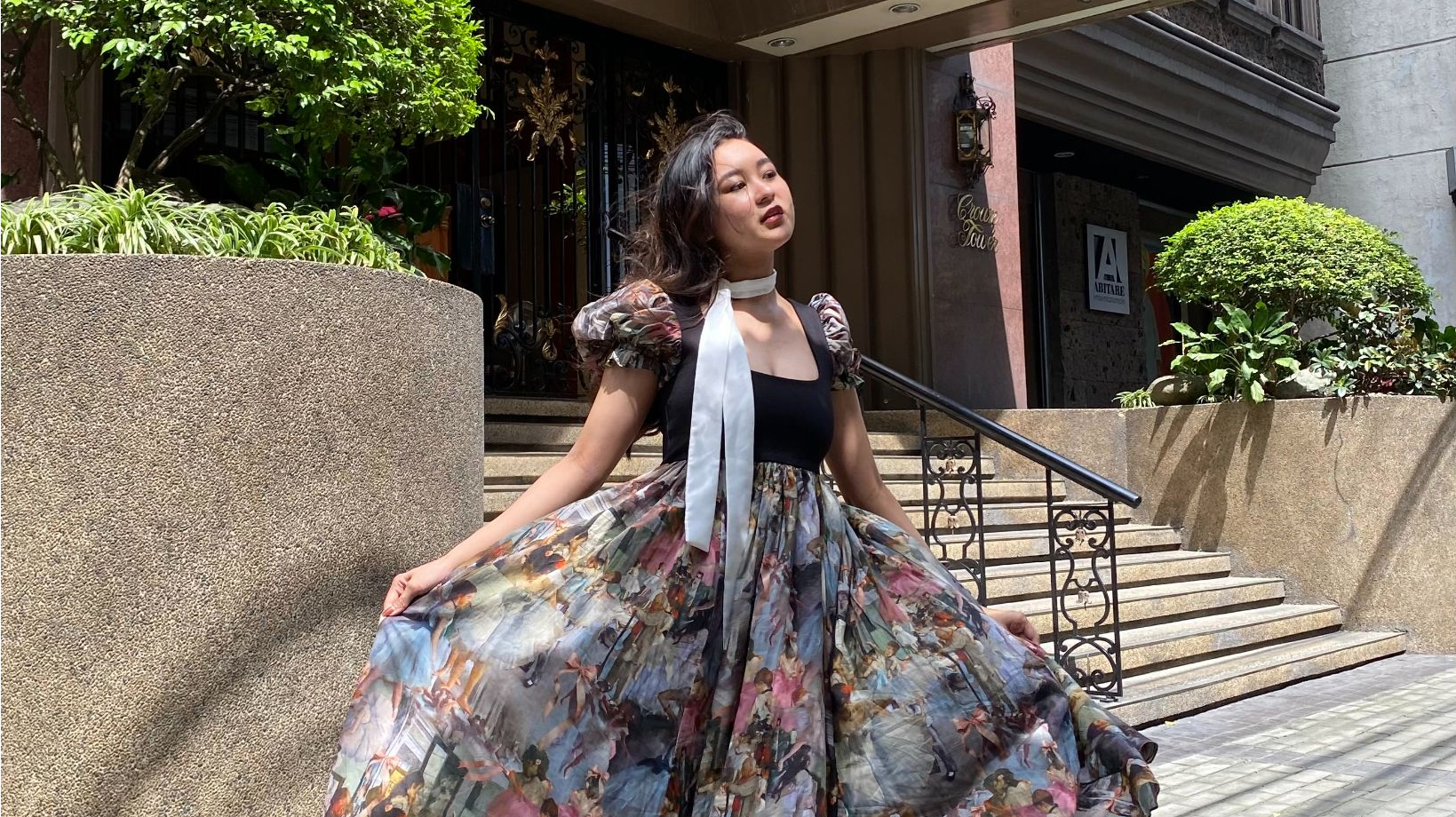
People are drawn to a place because of different reasons and circumstances. They might live or work there, or it could be because they feel safe in that space. There might be accessible play areas for their children or pockets of greenery where they can sit and rest their eyes on something other than shiny glass and skyscrapers.
For property developer Ayala Land, Inc. (ALI), which is marking its 30th anniversary this year, it’s about creating a sense of place (placemaking).
Anna Ma. Margarita Bautista-Dy, senior vice president and head of Strategic Landbank Management Group put it succinctly. “It’s about creating places you want to be in rather than places you have to be in.” This goes beyond simply building things people expect property developers to build like concrete structures, houses, shopping centers.
“For us, placemaking is about building with people in mind and using an area’s natural potential to form vibrant communities. If we are able to build places where people want to be, then we’ve done our job,” Bautista-Dy said.
In the Philippines, malls have replaced town plazas where people used to gather and socialize. These box-like malls filled with retail establishments, service centers and restaurants can now be found throughout the archipelago. ALI properties set themselves apart because of how they are designed. Accessibility is always key. Are there covered walkways, underpasses or ample sidewalks for pedestrians? Are there enough places of interest outside the buildings and malls?
“We take into account what a person needs but we also want to give something to engage their intellectual curiosity. We want to give people lightbulb moments,” Bautista-Dy said.
Two examples in the financial district of Makati are the Ayala Museum and the Ayala Triangle Gardens. “For people living in a fast-paced environment like the Makati CBD, the gardens are an oasis to converge, re-energize and breathe,” said Manuel Blas II, ALI vice president and estate head of Makati and BGC.
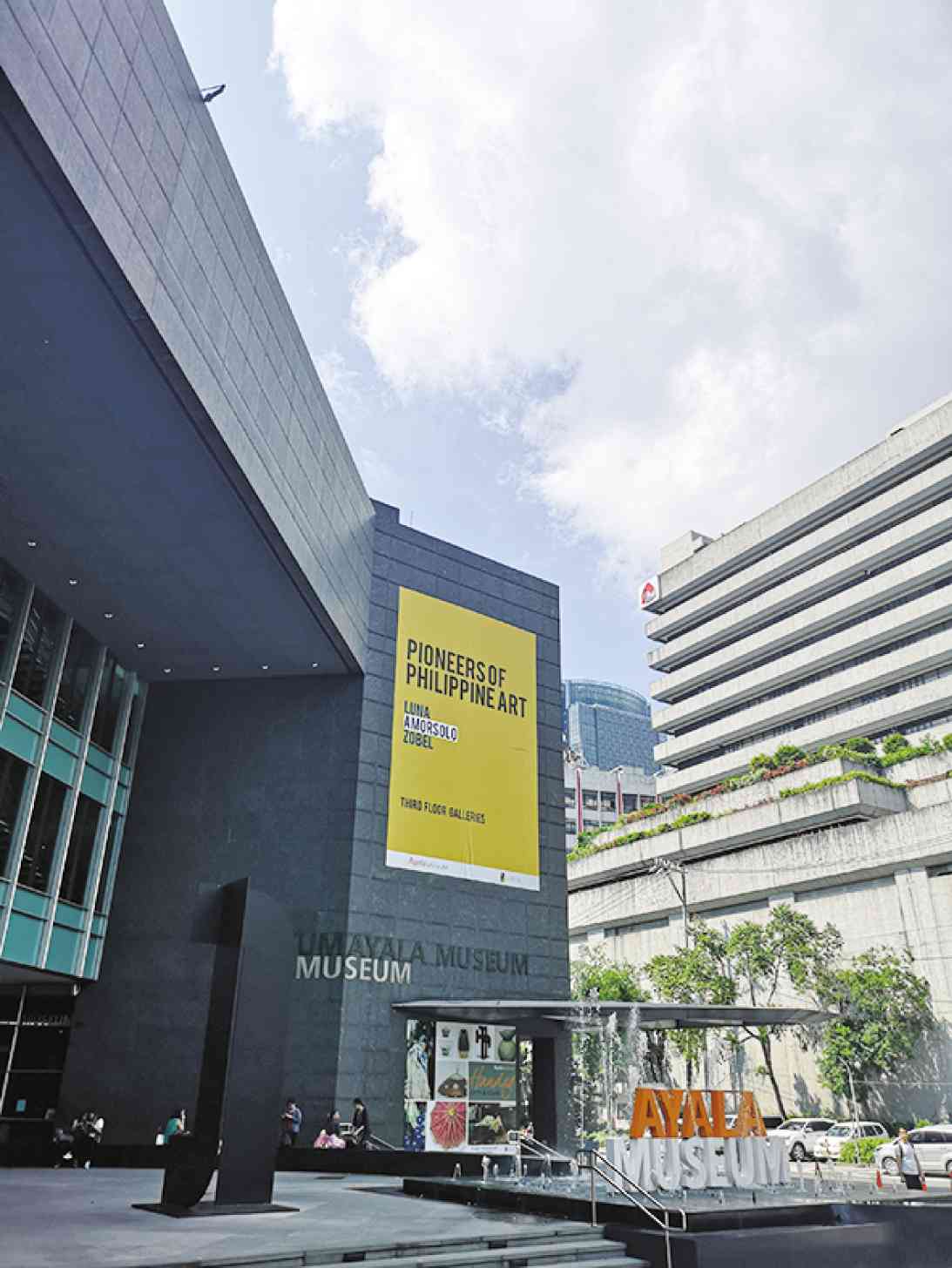
Further south, on a property that was largely idle, ALI built Nuvali, its first flagship sustainable development. An emerging CBD, it’s a “center of gravity” for the people of Laguna who now enjoy opportunities for business, work and leisure.

“Beyond economic activity, we value placemaking as an approach to taking care of the community so we create spaces to build ties, feel healthier and be closer to nature,” Blas said.
Bautista-Dy is able to put herself in other people’s shoes. She asked this writer several questions such as his favorite city (Tokyo), why it’s his favorite, and why he would gladly return to it if the opportunity arose.
“Your perspective, is from a pedestrian’s view–you like how easy it is to get from one place to another, the different restaurants to choose from, the gardens and parks. When you talk about it, there is an emotional connection. They bring back good memories,” she said.
“These are elements of placemaking, and this is what we want to create in our developments. That is the challenge,” she added.
Blas said that ALI always keeps people in mind when they build a place. They don’t want to be known for creating developments that look good from afar or “from a bird’s eye view,” describing that as artificial.
“What we try to do is look at it from the street. Will that street be interesting? Where will that person go if he turns left? He might see a park but what will he find in the park? Where else can he go by simply walking? These are the questions we ask, rather than ‘Let’s make a building really nice,'” Blas said.
Bautista-Dy said that another challenge is making public places reachable. “Our developments typically start off with a masterplan. It gives us the big picture. But as we execute, we need to think of the details, down to the humble street. This is where the pedestrian connects the most with the place. We will need to think of how to line that street, how long you want the street to be, or how wide. These are the details that form part of placemaking.”
Most developers build mixed-use communities consisting of residences, offices, shopping centers and leisure facilities. “Ayala Land is known for building masterplanned communities where the impact on people on an economic and social level is significant,” said Gilbert Berba, chief architect and head of Urban Planning and Design Estate Projects.
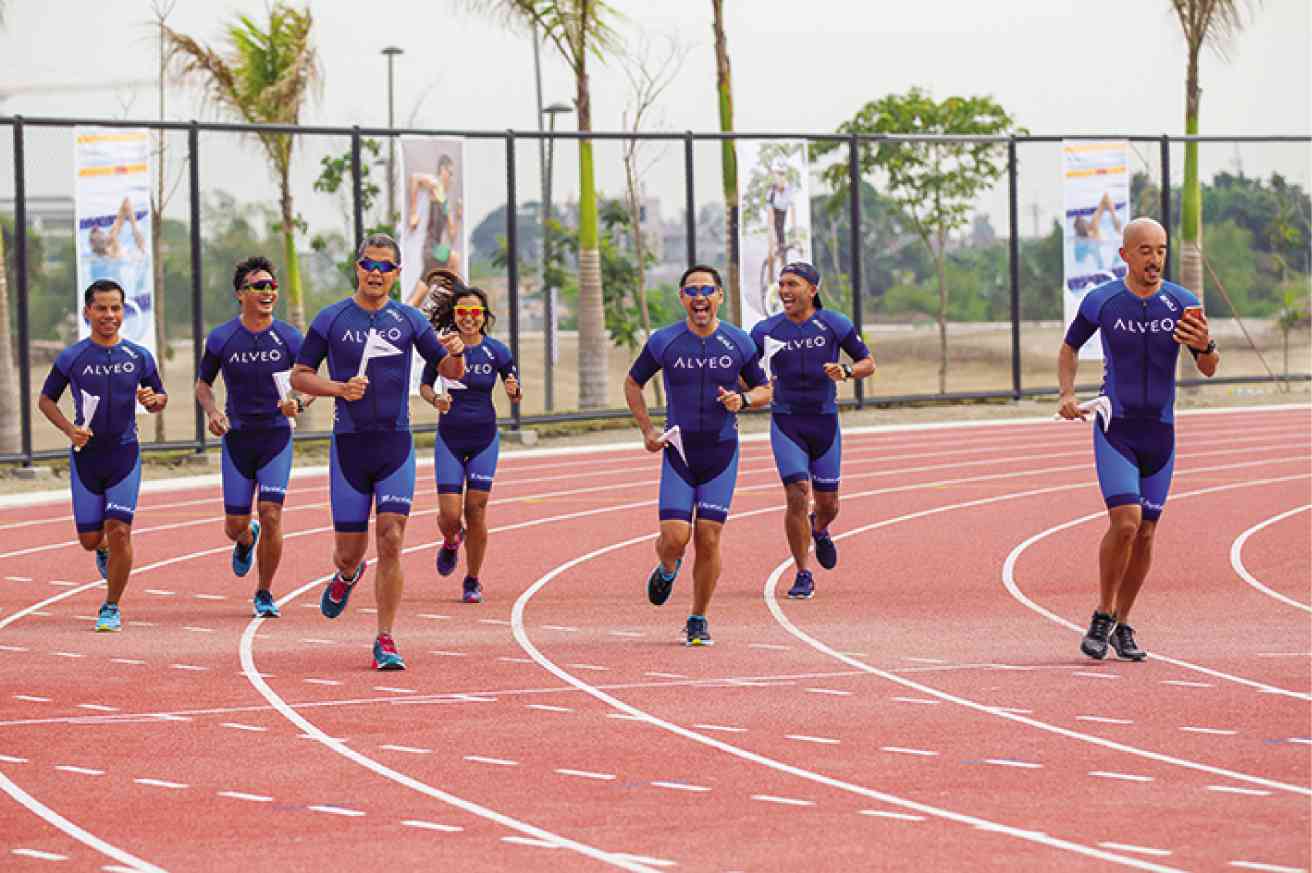
“What we try to do is look at it from the street. Will that street be interesting? Where will that person go if he turns left? He might see a park but what will he find in the park? Where else can he go by simply walking? These are the questions we ask, rather than ‘Let’s make a building really nice,'” Blas said.
Most developers build mixed-use communities consisting of residences, offices, shopping centers and leisure facilities. “Ayala Land is known for building masterplanned communities where the impact on people on an economic and social level is significant,” said Gilbert Berba, chief architect and head of Urban Planning and Design Estate Projects.
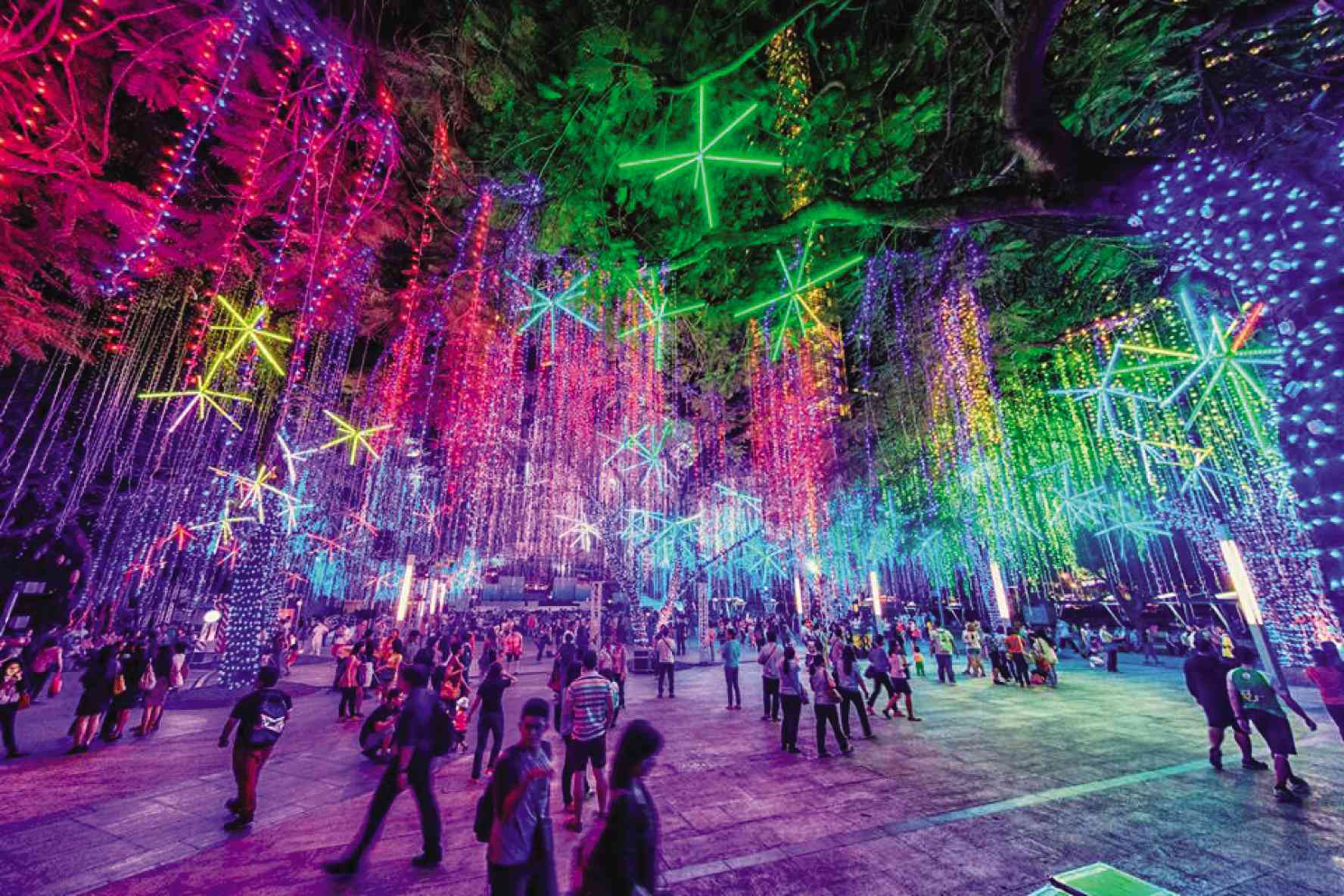
Placemaking for the developer is about activating the community and providing every opportunity for people to collaborate, gather, and nurture new traditions.
“For a development to be engaging, the basic aspects of employment, safety, and convenience must co-exist with places for relaxation, entertainment, and socializing. And, people want to be part of something bigger – a community that is kind to the environment and contributes to nation-building. For our estates, this is the job at hand,” Bautista-Dy said.
When it was established in 1988, the company only had three estates; 30 years later, there are 25 estates located across the country. These mixed-use developments are key to ALI’s success.
Ayala Land’s goal is to transform a land parcel into a mixed-use development with a vibrant community. This dynamic vibe growing and evolving in Makati, BGC, Nuvali and other estates inspire the company to build more places that scale up their positive effects.
